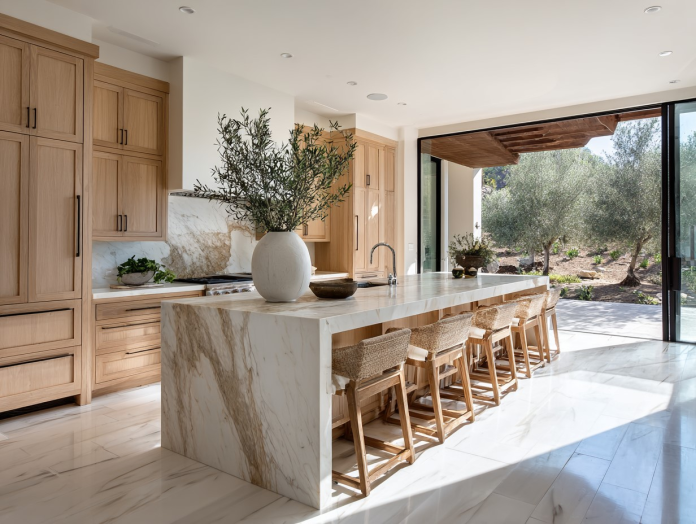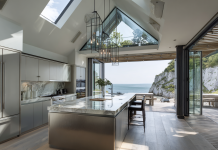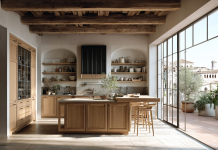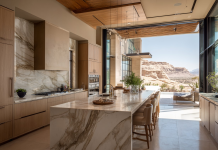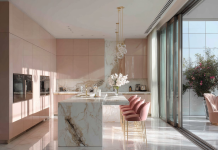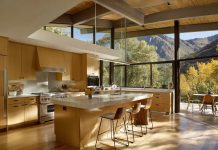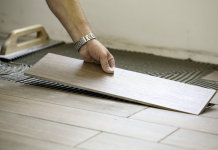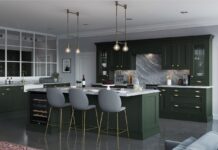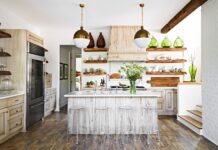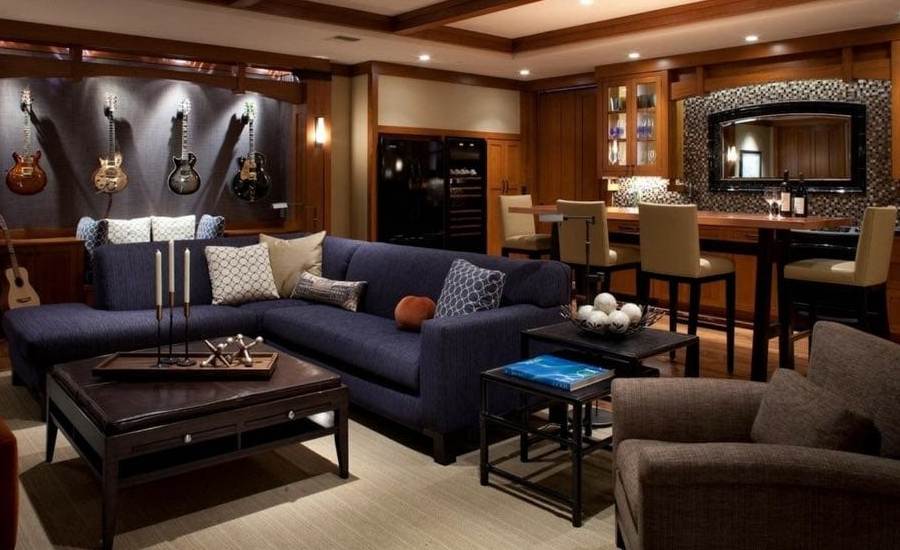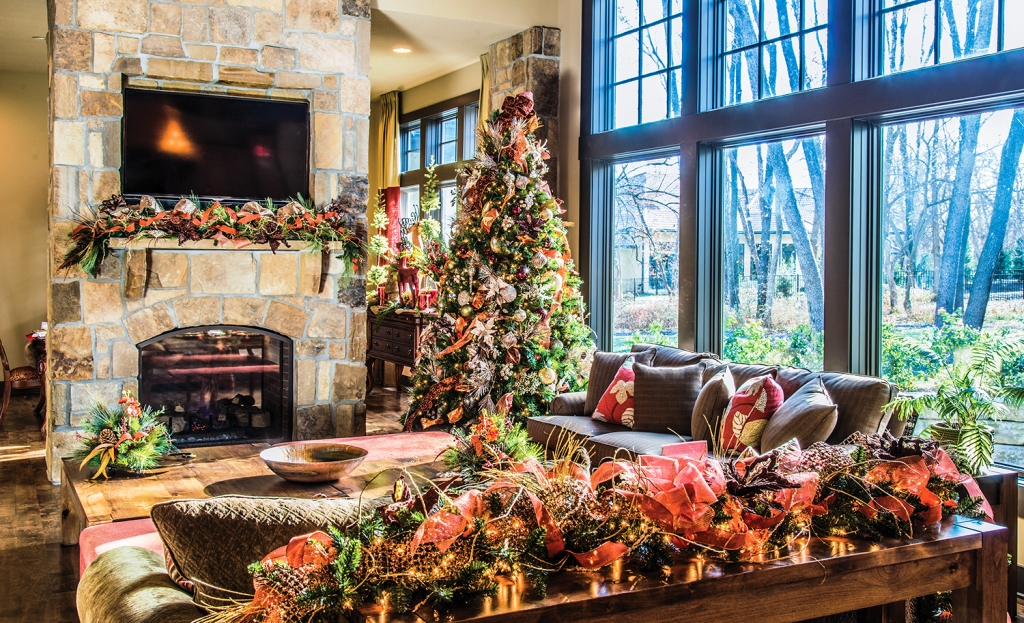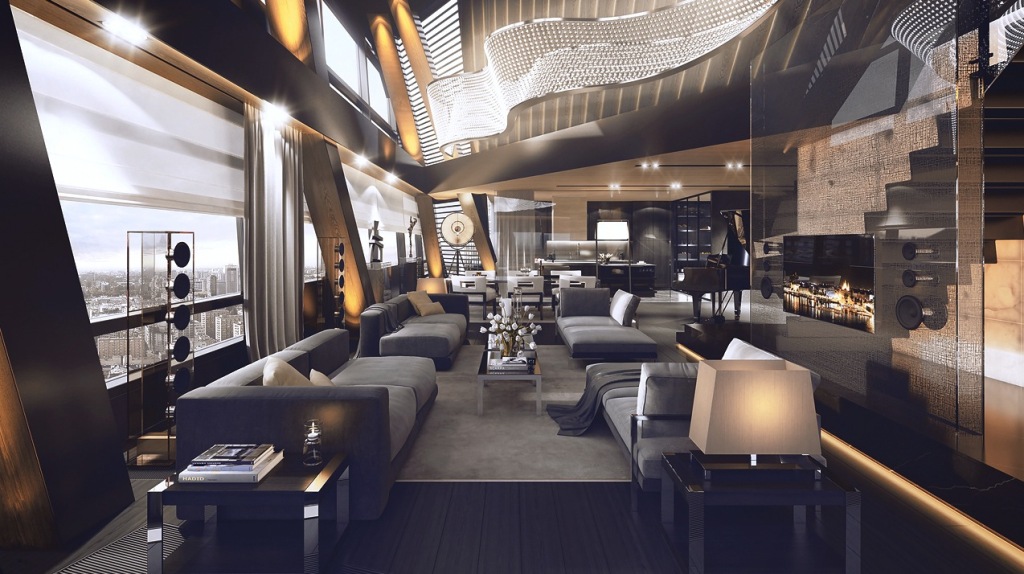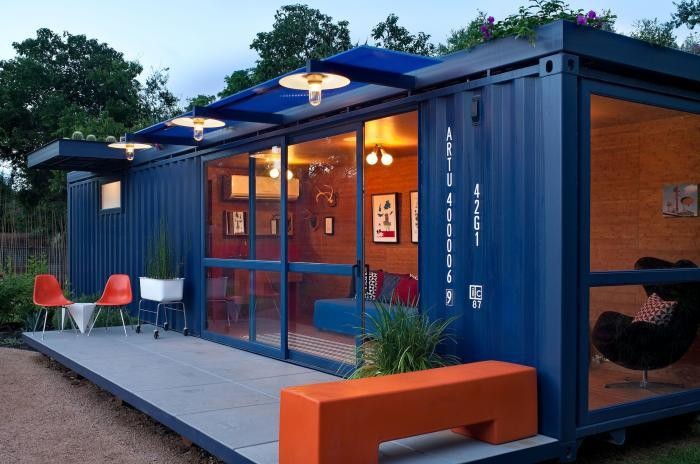Few design choices transform a kitchen as profoundly as natural wood cabinets. Their warmth, authenticity, and versatility make them a timeless favorite for homeowners who value both function and aesthetics. While trends come and go, wood never loses its charm—it simply adapts, adding depth and personality to every style of kitchen, from rustic farmhouse to sleek modern minimalism.
Why Natural Wood Still Reigns in Modern Kitchens
In an age of glossy laminates and synthetic finishes, the enduring popularity of natural wood kitchen cabinets might seem surprising. Yet their appeal lies precisely in what modern materials can’t replicate—texture, grain, and the feeling of genuine craftsmanship. Each plank tells a story written by nature itself, and that organic individuality gives kitchens a sense of warmth and permanence.
Homeowners seeking to make their kitchen feel inviting often gravitate toward natural wood tones because they balance beauty with practicality. Real wood can be sanded, refinished, and repaired, unlike cheaper veneer or MDF alternatives. It’s a living material—one that ages gracefully and develops character over time. Whether you’re remodeling or designing from scratch, natural wood cabinetry remains the gold standard for timeless elegance.
What Makes Natural Wood Kitchen Cabinets Timeless
The lasting appeal of wood cabinetry isn’t just about nostalgia—it’s about design psychology. Natural wood introduces texture and depth that synthetic materials rarely achieve. The grain patterns reflect light differently throughout the day, creating a dynamic environment that feels alive and grounded.
Beyond its aesthetic value, wood’s durability and renewability make it a practical long-term investment. A well-maintained solid wood kitchen cabinet can last decades, even generations. And as color palettes evolve, wood finishes can be lightened, darkened, or stained to match new trends—something no laminate can offer.
From a design standpoint, wood acts as a neutral anchor. It complements stone, metal, and glass effortlessly, making it adaptable to countless interior styles without losing its authenticity.
Popular Types of Natural Wood for Kitchen Cabinets
When selecting wood cabinets, the species you choose dramatically shapes the overall feel of your kitchen.
Oak Cabinets — Classic Strength and Grain
Oak remains a favorite for its prominent grain and timeless strength. It fits perfectly in traditional and rustic settings but can also feel contemporary when paired with minimalist hardware or matte finishes.
Maple Cabinets — Smooth and Subtle
Maple’s fine, even grain and light color make it ideal for modern kitchens. It accepts stains evenly, allowing for both natural and painted looks that remain durable and understated.
Walnut Cabinets — Rich and Luxurious
Known for its deep, chocolate-brown hue, walnut exudes sophistication. It’s perfect for homeowners who want a statement piece that feels refined without being ostentatious.
Cherry Cabinets — Elegant with Age
Cherry wood deepens in color over time, evolving from light reddish tones to a rich, warm patina. Its graceful aging process gives kitchens a sense of heritage and depth.
Hickory and Birch — Rustic Character
Both woods bring a lively, natural vibe to kitchens. Hickory’s strong contrasts in grain and color add visual excitement, while birch offers a clean, modern look with a touch of warmth.
Design Styles That Elevate Natural Wood Cabinets
One of the reasons natural wood remains timeless is its flexibility across design aesthetics:
- Modern Minimalist: Light oak or maple with flat-panel doors creates a sleek, clutter-free look. Pair with white countertops or black hardware for contrast.
- Rustic Farmhouse: Reclaimed wood, visible knots, and matte finishes add authenticity and charm.
- Scandinavian Simplicity: Pale woods and neutral tones emphasize openness and natural light.
- Transitional or Contemporary Hybrid: Mix walnut cabinetry with brushed gold fixtures or dark stone surfaces for a bold, high-end statement.
Wood adapts effortlessly, creating cohesion between architecture, furniture, and lighting—something few materials achieve as gracefully.
Finishes and Treatments That Enhance Longevity
The right finish protects wood’s beauty while highlighting its natural texture. For those who love a raw, organic feel, matte oil finishes preserve the grain and color while allowing the surface to breathe. Clear polyurethane coatings offer durability and moisture resistance, ideal for high-traffic kitchens. For a more polished appearance, semi-gloss or satin lacquers enhance richness and make cleaning easier.
Regular maintenance—gentle cleaning with mild soap and water, avoiding harsh chemicals—keeps cabinets pristine. Every few years, a light sanding and re-oiling can restore the wood’s glow and extend its lifespan indefinitely.
Sustainable and Eco-Friendly Appeal
Choosing sustainably sourced wood cabinets supports responsible forestry and reduces environmental impact. Look for FSC-certified wood or reclaimed materials to ensure eco-conscious design. Compared to mass-produced MDF or plastic-based alternatives, real wood’s longevity minimizes waste, and many finishes today are low-VOC, making them safer for indoor air quality.
Sustainability also enhances resale value—buyers increasingly associate natural materials with wellness, authenticity, and quality craftsmanship. In short, investing in wood is an investment in the planet and your home’s long-term worth.
How to Style and Accessorize Natural Wood Kitchen Cabinets
Pairing wood with the right finishes can completely redefine your kitchen’s atmosphere:
- Countertops: White quartz creates contrast; black granite adds drama; marble keeps things classic.
- Hardware: Brushed gold or bronze complements warm woods; matte black suits cooler tones.
- Lighting: Pendant lights with warm LED tones highlight grain texture and depth.
- Backsplash: Subway tiles or neutral stone patterns maintain balance without overwhelming the wood’s natural beauty.
The secret lies in contrast—balancing the warmth of wood with cooler materials for a harmonious, modern finish.
Natural Wood vs. Engineered Alternatives
Engineered options like laminate or thermofoil can mimic the appearance of wood but rarely capture its texture or longevity. Real wood offers unmatched repairability, value, and environmental integrity. Scratches can be refinished, dents sanded, and surfaces revitalized without full replacement.
While natural wood requires a slightly higher upfront cost, its lifespan and ability to adapt to evolving styles make it far more cost-effective in the long run. For homeowners seeking authenticity over imitation, wood remains the clear choice.
Real-Life Inspiration: Kitchens That Celebrate Natural Wood
From minimalist apartments in urban lofts to cozy countryside homes, natural wood is redefining what “luxury” means. A light maple kitchen paired with stone countertops feels fresh and modern, while a walnut island framed by neutral cabinetry adds bold sophistication. Even small spaces benefit—light birch or oak cabinets visually expand the room and invite natural warmth.
These kitchens don’t chase trends—they set them, quietly reminding us that nature’s craftsmanship is the ultimate luxury.
Conclusion: A Lasting Investment in Beauty and Value
Natural wood kitchen cabinets represent more than just a design choice—they’re a long-term relationship with nature’s artistry. Their warmth invites connection, their durability ensures longevity, and their timelessness transcends fashion cycles. Whether you choose sleek maple or rich walnut, every grain and knot tells a story that synthetic materials simply can’t.
In the end, the beauty of natural wood is that it never pretends to be something it’s not. It stands proudly as itself—elegant, enduring, and endlessly adaptable.
Ready to bring natural warmth into your kitchen?
Explore your local cabinet maker or custom design studio today and experience the timeless beauty of wood—crafted by nature, perfected for your home.

